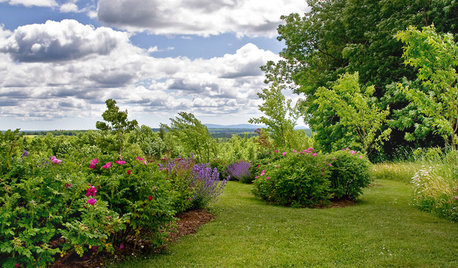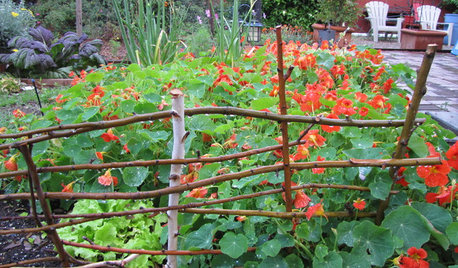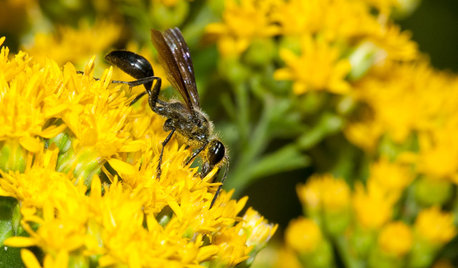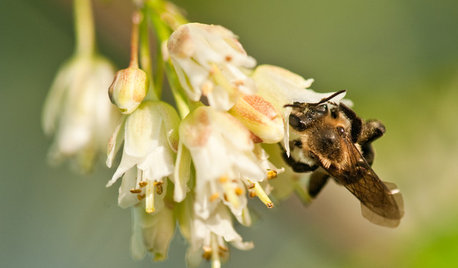Azalea flower edges turning brown
cakbu
9 years ago
Related Stories

GARDENING GUIDESHow to Turn a Side Yard Into a Glorious Garden Room
With just 8 feet or so, you can turn a plain side yard into a garden that lets you get carried away
Full Story
LIGHTINGHow to Turn a Vase Into a Lamp
Fashion a light fixture from that antique or thrift store find, for a one-of-a-kind piece you’ll be proud to display
Full Story
LANDSCAPE DESIGNYour Mini Guide to Great Garden Edges
Get the scoop on trenches to the skinny on bender board, to help keep your garden beds as tidy as you like
Full Story
GARDENING GUIDESOh, Deer! 10 Native Flowers That Stand Up to the Herds
Keeping a garden amid hungry deer can be hard, but these plants should fare well
Full Story
GARDENING GUIDESLet Lilac Love Flower This Spring
Whatever you bestow or receive for Mother's Day, lilacs can be an unmatched gift in the garden in May
Full Story
GARDENING AND LANDSCAPINGEdible Flowers Offer a Sweet Taste from the Garden
Flowers that beautify the landscape can also pretty up the plate or sweeten a spread
Full Story
CONTAINER GARDENS7 Deer-Resistant Flowers for Your Summer Containers
Grow these as protection for edibles or just for their colorful beauty — deer might not like them, but everyone else will
Full Story
GARDENING GUIDESMeet the Grass-Carrying Wasp, a Gentle Pollinator of Summer Flowers
These fascinating insects nest in wood cavities and hollow plant stems
Full Story
SHOP HOUZZHouzz Products: Flower Power for Your Home
Make your home bloomin’ beautiful with floral-inspired accessories, wallpapers, fabrics and furnishings
Full Story
GARDENING GUIDESGreat Design Plant: Staphylea Trifolia Shines in the Shade
Plant American bladdernut for 3 seasons of interest: spring flowers and striped brown branches and bladder-like seedpods in fall and winter
Full Story





jean001a
cakbuOriginal Author
Related Professionals
Holly Springs Landscape Architects & Landscape Designers · Eden Prairie Landscape Architects & Landscape Designers · Glassmanor Landscape Architects & Landscape Designers · Middle Island Landscape Architects & Landscape Designers · Allentown Landscape Contractors · Peabody Landscape Contractors · Franklin Landscape Contractors · Mendota Heights Landscape Contractors · Mission Viejo Landscape Contractors · Panama City Beach Landscape Contractors · Uxbridge Landscape Contractors · West Chicago Landscape Contractors · Maple Heights Landscape Contractors · Ferguson Landscape Contractors · Cheshire Gardeners & Lawn Careakamainegrower
rhodyman